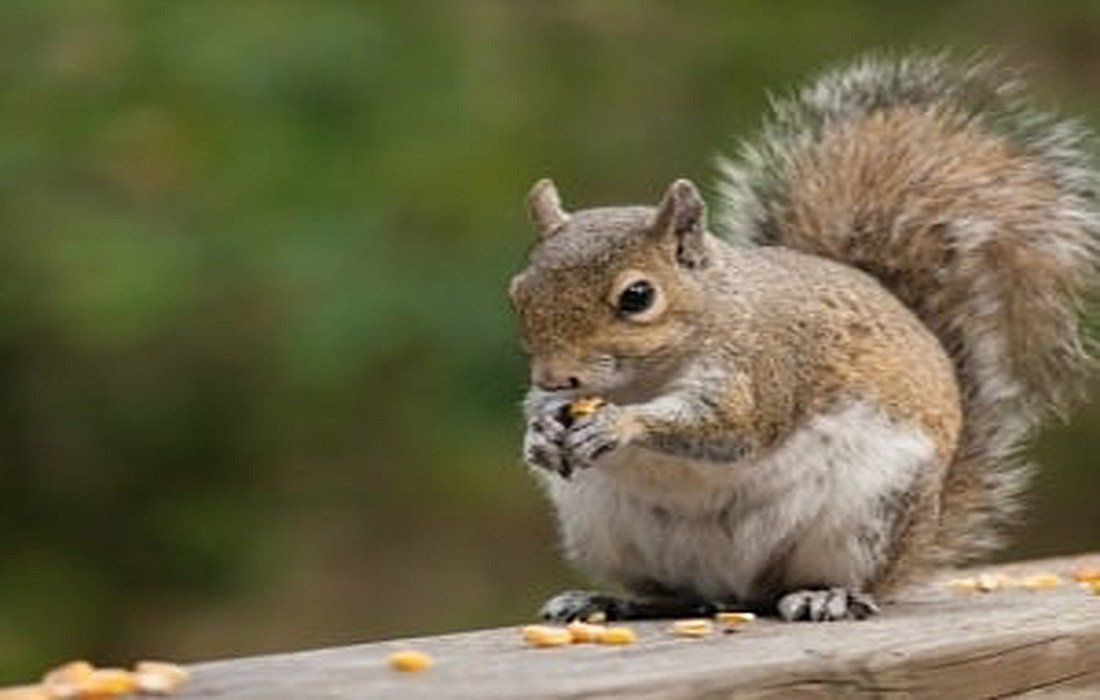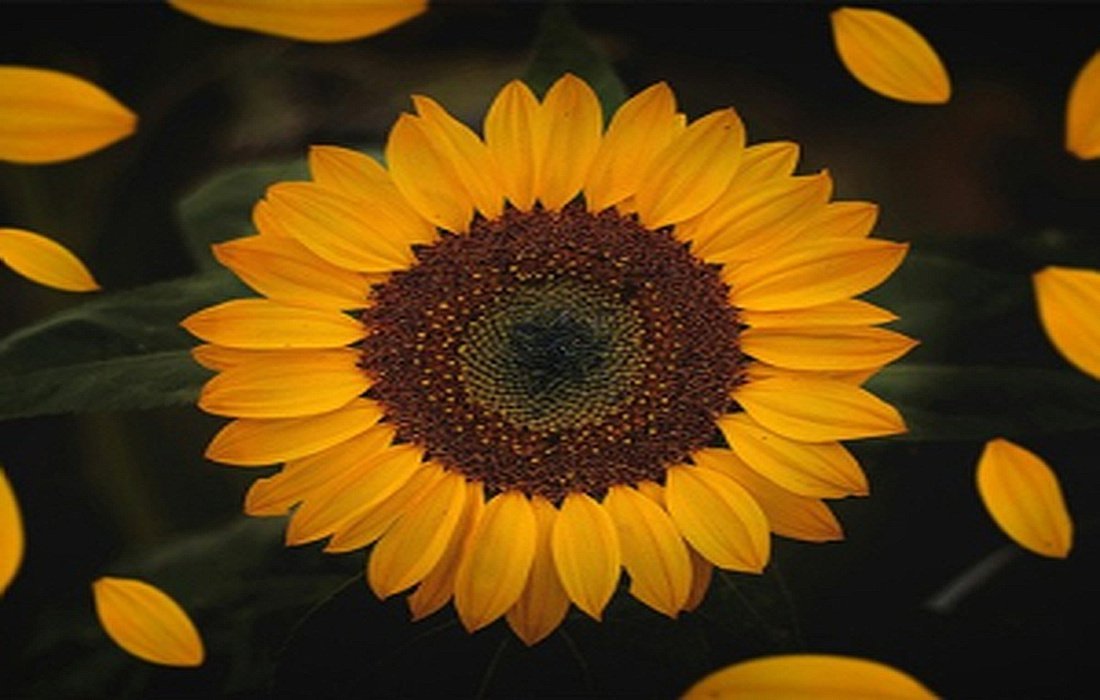Key Principles and Necessary Conditions forKeeping Squirrelsat Home
If you have a tree squirrel and cannot return it to the wild due to illness or any other problem, you need to gather essential information about long-term care for this animal to avoid harming it.SelMagzWe’ll discuss some tips for squirrel care.
Squirrel Cages:
The cages for tree squirrels vary by size. Larger tree squirrels need tall, spacious cages to climb, while smaller squirrels should be in smaller cages to prevent injury. Newborns should stay in a nursery. A ferret cage is suitable for large squirrels and should have at least three shelves and a ladder for climbing, but you don’t need to place all shelves and ladders inside. Tree squirrels can jump and climb better than ferrets.
After choosing a cage, place newspaper at the bottom to change it daily. Squirrels love to jump, so ensure the cage is sturdy when placed against the wall and remember that they are strong animals, so secure the door tightly. Some cages are suitable for open spaces, in which case you should protect against wind, rain, and sunlight.
Additionally, squirrels need a safe place to sleep. Their nest can be wooden or cardboard; do not use paper towels for the bottom as they can snag on the squirrel’s claws. Instead, use wool, as they generally prefer natural materials and will play with them. Squirrels enjoy hammocks, which you can make from old clothes and hang from the top of the cage for them to play and sleep in.
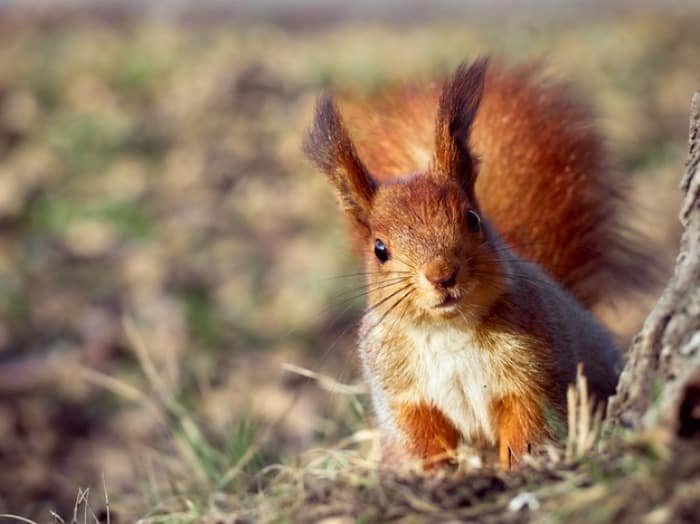
Size of the Cage:
Squirrels are active and curious animals, so a larger cage is better for them. The squirrel cage should be at least 1.5 meters high, 1 meter wide, and 2.5 meters long to prevent behavioral problems andstressIt’s best to place a wire mesh under the wooden shelves since squirrels have a habit of chewing wood. The cage door should have two locks.
Location of the Cage:
The place where the squirrel is kept should be away from direct sunlight. The squirrel shouldn’t be in a room with a running TV, as it can cause stress andanxietyfor the squirrel. Electromagnetic and ultrasonic waves emitted by the TV can harm the squirrel. Pet animals like dogs and cats should not be near the squirrel as they can also cause it stress.
Equipment Inside the Cage:
Inside the squirrel cage, place branches and tree trunks for the squirrel to climb and play on. Items in the cage shouldn’t be made of materials that can be chewed easily. Avoid sharp objects like nails or screws. Place non-toxic wooden sticks like willow, maple, apple, and other fruit trees for chewing to help keep their teeth healthy, and replace chewed wooden items.Cozy Nest Inside the Cage:Inside the cage, provide a small nest for the animal to rest in, measuring at least 15 cm long, 20 cm wide, and 15 cm high. Fill the nesting box with dry grass, paper scraps, or tree leaves.
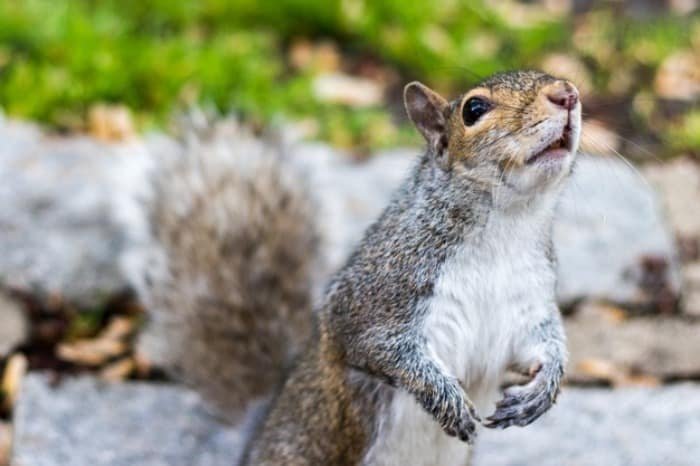
Toys:
Squirrels love playing with small toys, but ensure that the eyes and nose are removed to prevent choking. These animals prefer to play with stuffed toy squirrels. Place pieces of wood in the cage resembling trees for jumping up and down.
Squirrels, especially ground squirrels, enjoy large wheels and balls. If the wheels are too small, they can hurt their backs from bending too much. Make sure the wheels are securely attached to the cage.
Leashing Squirrels:
Some people walk with their squirrels
and even put them in bags like ferrets, which is a delightful activity for squirrels.
Squirrel Teeth:Squirrel teeth grow six inches a year, so they need things to chew on. For example, you can give them nuts with shells, rocks, corn kernels, bones, and wood to chew on. Chewing bones provides necessary calcium.Exercise:
Squirrels are awake and very active a few hours after sunrise and a few hours before sunset, resting or sleeping at other times. When awake, it’s good to let them out of the cage for a few minutes, but be cautious so they don’t escape and ensure electrical wires are covered to prevent chewing.
Temperature of the Keeping Place:Squirrels are resistant to cold but sensitive to heat. The temperature where the squirrel is kept should be away from direct sunlight. Excessive cold can make the squirrel go into a short hibernation.Cage Cleaning:
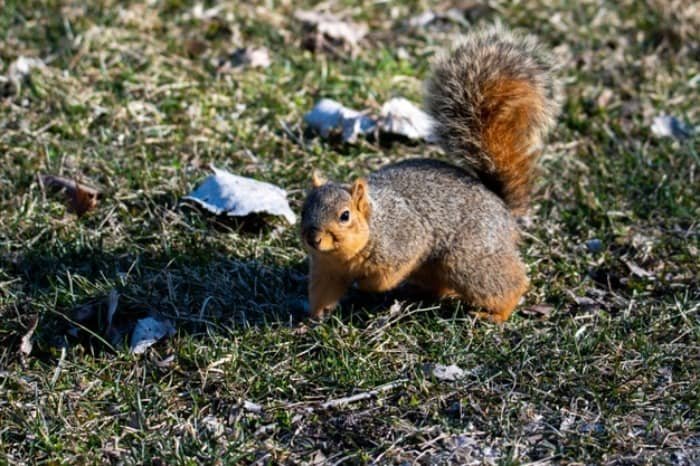
Squirrels often urinate or defecate in corners of the cage, and some even have fecal-oral tendencies that should not be allowed. The squirrel’s nest and food bowls should be cleaned regularly, and leftover vegetables and fruits should be collected daily. Clean the cage and change the bedding two to three times a week.
Washing the Squirrel:
Squirrels can get very dirty while eating, so they need washing. Use steel, sturdy plastic, or ceramic containers for washing the squirrels.
Winter Sleep:
Indoor squirrels often do not go through winter lethargy. If your squirrel seems lethargic and doesn’t leave its nest for a few days in winter, don’t worry; it’s just taking a winter rest to resume its normal activities. The average lifespan of a pet squirrel is 2 to 8 years, but squirrels in the wild can live up to 20 years.
Diseases in Pet Squirrels:
Pet squirrels can suffer from diseases such as
osteoporosis,
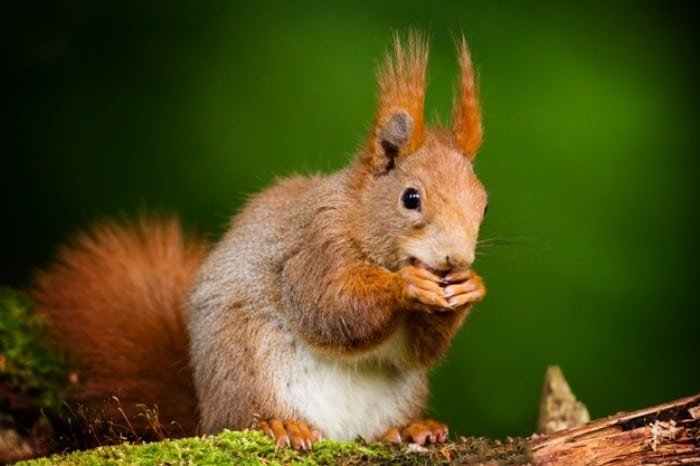
external parasites, respiratory illness, and poisoning. To treat and prevent diseases, you should take your squirrel to the vet.
Squirrel Diet:
Squirrels need minerals and supplements available as mineral blocks and powders, and they drink a lot of water. Therefore, provide both bottles and bowls for water in the cage for whatever they prefer. Pet squirrels compared to wild ones can become malnourished, paralyzed, and eventually die faster, thus requiring more care and regular vet check-ups. A pet squirrel’s diet includes seeds, fruits, and vegetables. They can feed on grains like wheat, corn, and oil seeds like sunflower seeds and pine nuts, as well as fresh or dried fruits such as nuts, hazelnuts, acorns, apples,
grapesand vegetables likelettuceand cabbage. It’s important to maintain a varied diet for squirrels, as a single type of food can cause digestive issues.Place two or three bowls of different foods in front of the squirrel to let it choose. The weekly food requirement for squirrels ranges from 450 grams to 600 grams.
Final Thoughts
It’s well known that squirrels are not traditional pets, and it is better to avoid keeping them at home. However, if as mentioned at the beginning, you need information to care for an injured squirrel, and you plan to release it once it has fully recovered back to its original home, this section will be helpful.Pet Squirrel CarePrinciples of Squirrel Care at HomeConditions for Squirrel CareCaging Squirrels
Squirrel Maintenance
Important Tips for Squirrel Care
Squirrel Keeping



